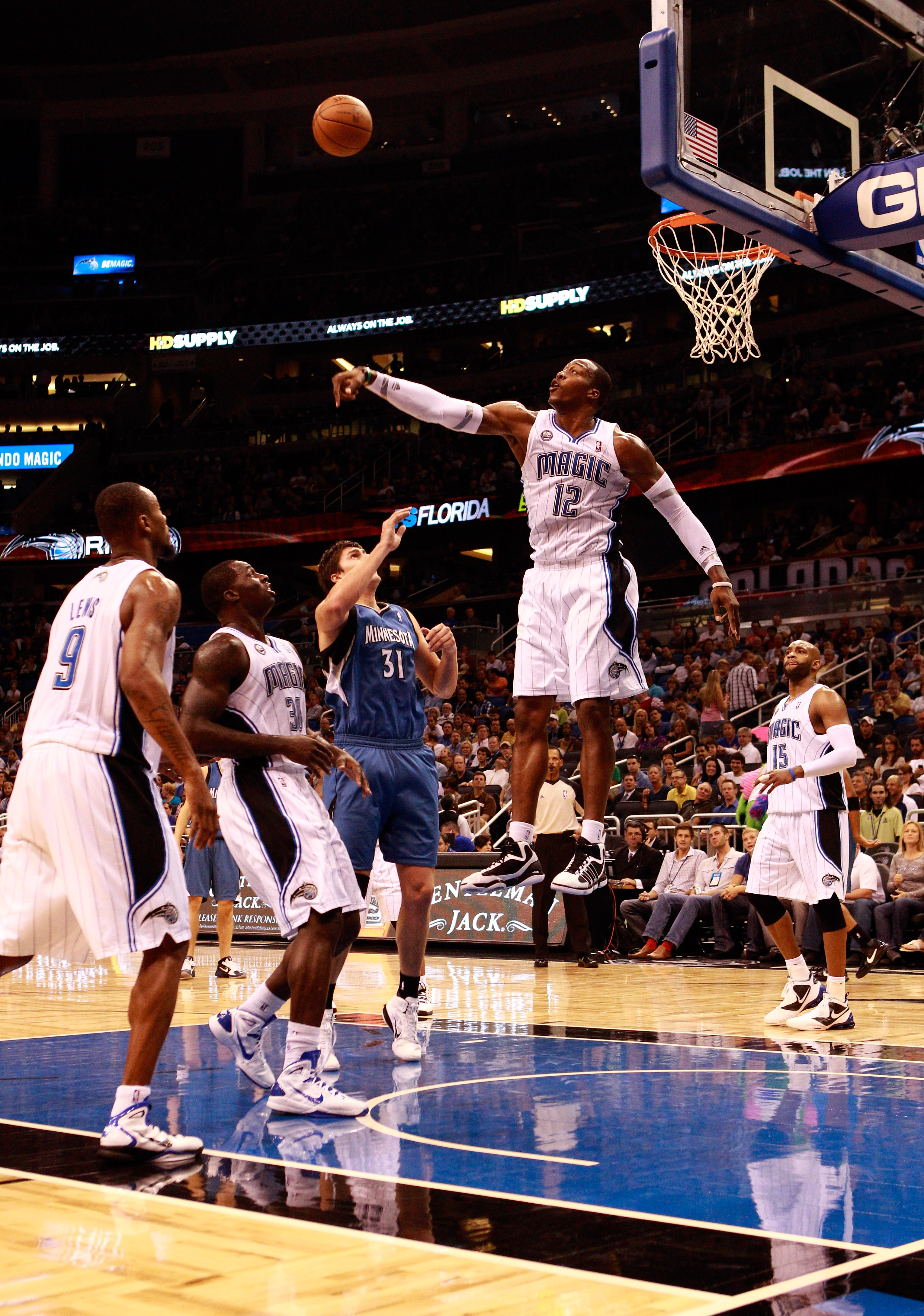Mogspan wrote:Elgin Baylor, despite playing against far inferior competition and whose impact is more likely to be overrated by such a stat, has one season where his PER is higher than AD's career average.
Dolph Schayes, despite playing against far inferior competition and whose impact is more likely to be overrated by such a stat, has 0 seasons where his PER is higher than AD's career average.
So first thing here, I think this was brought up by another poster and I don't want to rehash it, but the existence of a guy like Andre Drummond (the other "AD") being able to trounce old-timers by this stat as well really makes clear how limited it is as a tool.
I think Davis is better than Baylor & Schayes and will be continuing to vote for Davis above them, but would say that Drummond is DRASTICALLY worse than all 3 of these player to such a degree that the difference between the other 3 is minor in comparison, and so if a stat thinks Drummond is better than old Hall of Famers when the reality is he's not even good enough to play for a contender as more than a guy to fill out the bench, I can't take it as much of an argument.
Mogspan wrote:Wilt is my favorite player of all-time, but even I can appreciate that he has no real argument for being in the top 10. Would he have been a stud today? Very likely (which I can't say about Elgin and Dolph), but I'm not giving him extra credit for being born in an era when being 6' 8" was an automatic spot on an NBA roster
So, to be clear, the average height in the NBA in Wilt's era was 6'6", merely an inch shorter than it is today. For Schayes it drops to 6'5", two inches shorter than today. This really isn't that big of a deal.
I understand you're talking with some hyperbole, but the reality is that height really hasn't progressed in the NBA like people tend to assume. The big explosion in height came in the '40s, and while the tail end of that explosion happened in NBA years, it wasn't primarily an NBA thing. That might seems like quibbling about small potatoes, but I think it's important because modern NBA fans tend to think of the start of the NBA as the start of serious basketball, and it really wasn't.
Really the NBA's formation is about moneyed interests recognizing not just that basketball already had a ton of momentum, but circumstances surrounding World War II had kept the existing professional leagues from taking advantage of both a) the rabid basketball fan enthusiasm of the time, and b) acquiring most of the best basketball talent.
None of this is to say that there wasn't an extremely noteworthy "big man cometh" paradigm shift happening around the same time, but the fact that the players were shorter previously doesn't mean that the game itself wasn't played by tons of people nor that it wasn't played by exceptionally skilled people.
Bigger players come because people in general were getting bigger. This affected athletics in general, but it affected basketball more because of how valuable height was for the sport. But this shouldn't be used as a proxy for assuming that basketball was drastically more primitive than other sports at the time simply. The story of basketball's astonishing growth is primarily a story about the rapid development that came about before World War II rather than after, which was made possible by a unique set of circumstances.
To put it another way: Basketball was already part of the fabric of the US by World War II on a level that very few other team sports were. Basically anywhere you had a school gym, people weren't just playing basketball, they watching people play basketball for entertainment and often paying to do so. Much of the work that the NBA has succeeded in doing has been to kill interest in local levels of basketball and place more and more of the collective attention on the best of the best.
Doing so has certainly improved how good the best are, but sometimes it gets characterized like guys in the early NBA were just picking up a basketball for the first time. In reality, there was a time when this was true of pro basketball players, but it was the 1890s into early 1900s. Players coming to elite levels half a century later were considerably more sophisticated than most realize.


/cdn.vox-cdn.com/uploads/chorus_image/image/54441341/usa_today_10030059.0.jpg)

/cdn.vox-cdn.com/uploads/chorus_asset/file/21828715/169621588.jpg.jpg)
























